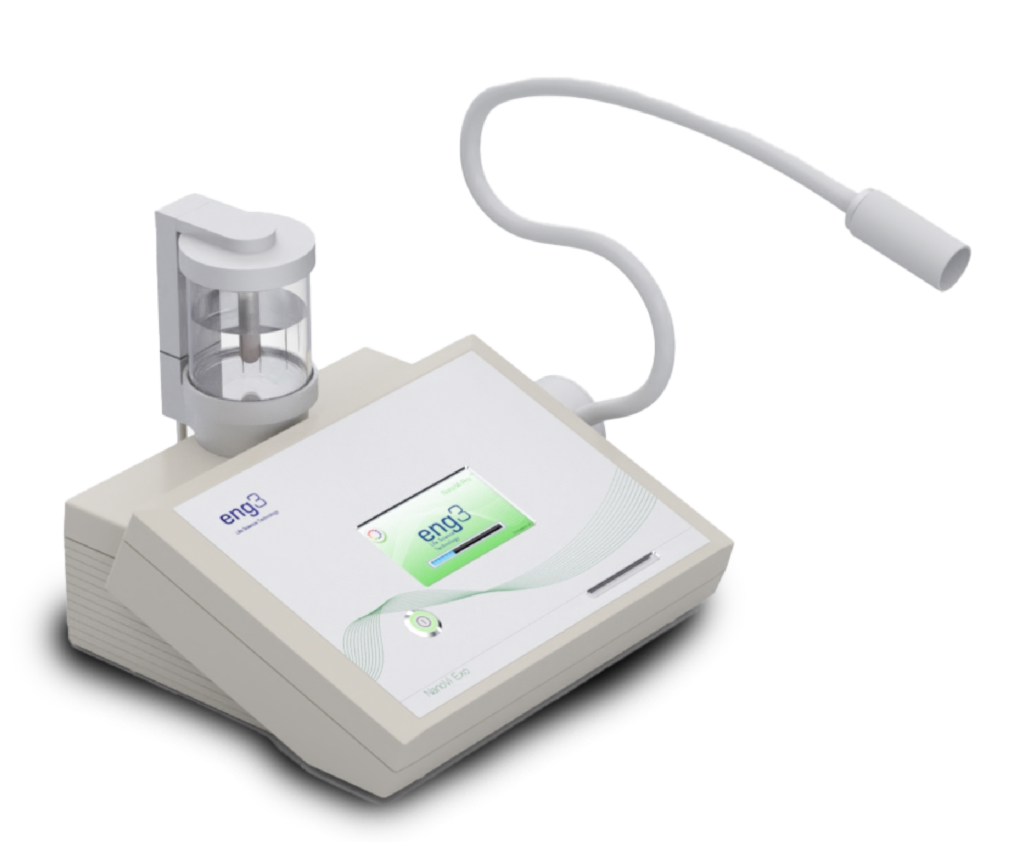Comparison of Bio-Identical Signaling Therapy to Hyperbaric Oxygen Therapy (HBOT)
Although complementary, bio-identical signaling therapy is distinct from hyperbaric oxygen therapy. HBOT provides more oxygen to the system while bio-identical signaling enables the system to utilize the oxygen better.
During any type of oxygen therapy, more oxygen is supplied than the 21% oxygen level we typically have in the air. Normal people utilize only about one quarter of the oxygen they inhale, so transporting more oxygen to the cells does not necessarily improve oxygen utilization by the cells.
The hemoglobin in the blood transports the oxygen into the tissue. The oxygen binding capacity of hemoglobin in red blood cells limits oxygen transport. Because the hemoglobin of the red blood cells is almost saturated with oxygen under atmospheric pressure, it may not be possible to exploit this route of transport any further.
During hyperbaric oxygen therapy not only is the oxygen supply higher than natural levels found in the air, but the oxygen is also pressed into the blood. Oxygen transport by plasma is significantly increased.
Hperbaric and other forms of oxygen therapy increase the oxygen outside of the cell respiration chain. Supplying additional oxygen to cells does not increase the cells’ ability to utilize more oxygen. To increase cells’ ability to utilize oxygen, the inner cell respiration chain has to be improved, thus enhancing oxygen metabolism in the cells. During oxygen metabolism, three main processes are taking place:
- ATP (cell energy) production – which is the main energy source for all cell metabolism processes.
- ROS (reactive oxygen species) production can form free radicals – which after accumulation of excessive amounts lead to both age-related disorders and mitochondrial disorders.
- ROS production can form second messengers that trigger the oxidative response – through biological signaling, the second messengers trigger coenzymes and other substances to prevent and repair free radical damage.
Today it is understood that activation of the oxidative response is initiated by the energy emitted from excited oxygen molecules within the watery cell environment. An optimized oxidative response leads to better free radical defense, higher ATP production, and overall improved cell metabolism.
During bio-identical signaling therapy you inhale the natural 21% level of oxygen combined with water molecules that transfer the NanoVi device’s bio-identical signal. This signal is equivalent to the cell’s own biological signal. The bio-identical signal can assist the body’s oxidative response and lead to better oxygen utilization by the cells, more cell energy production (ATP), and stronger free radical protection.
Bio-identical signaling therapy is often a stand-alone therapy. However, when used in conjunction with HBOT, it can improve the results. HBOT centers report substantially improved outcomes when clients have a NanoVi session after hyperberic oxygen therapy.
Click here to learn more about how NanoVi is used at Hyperbaric Oxygen Centers



